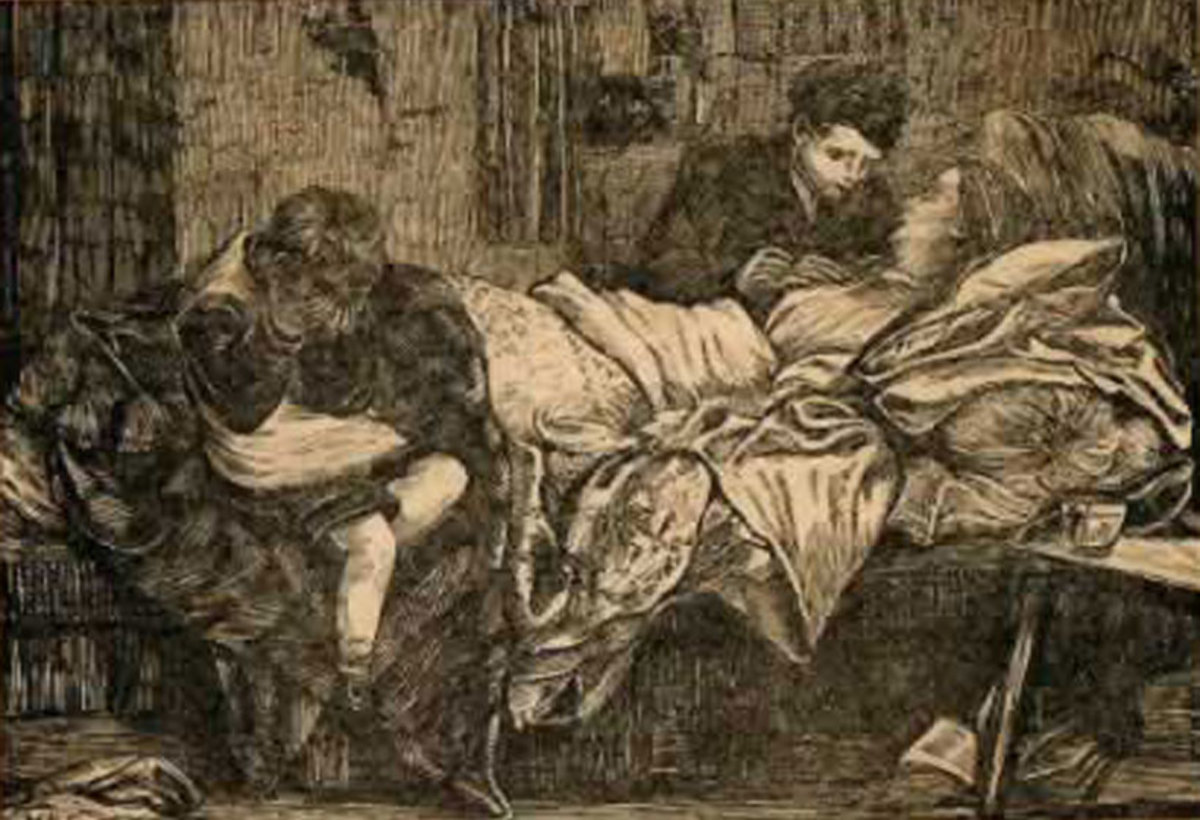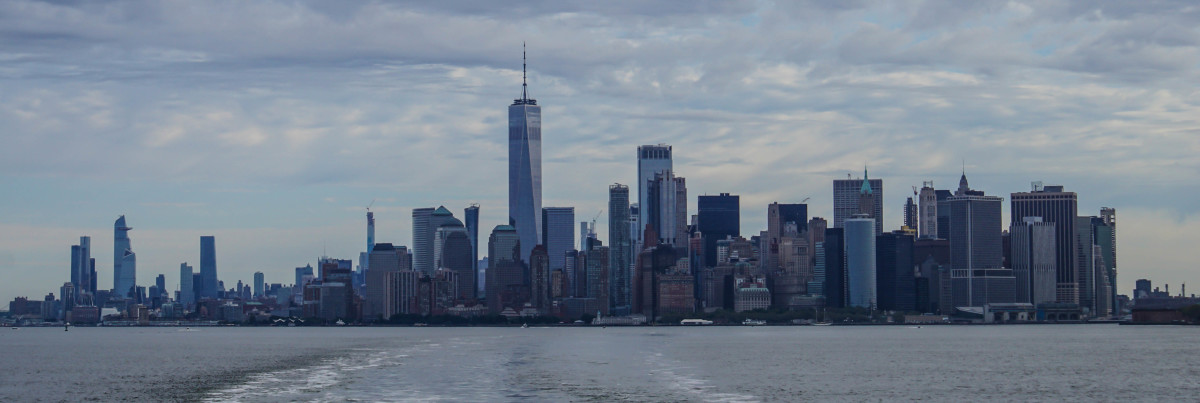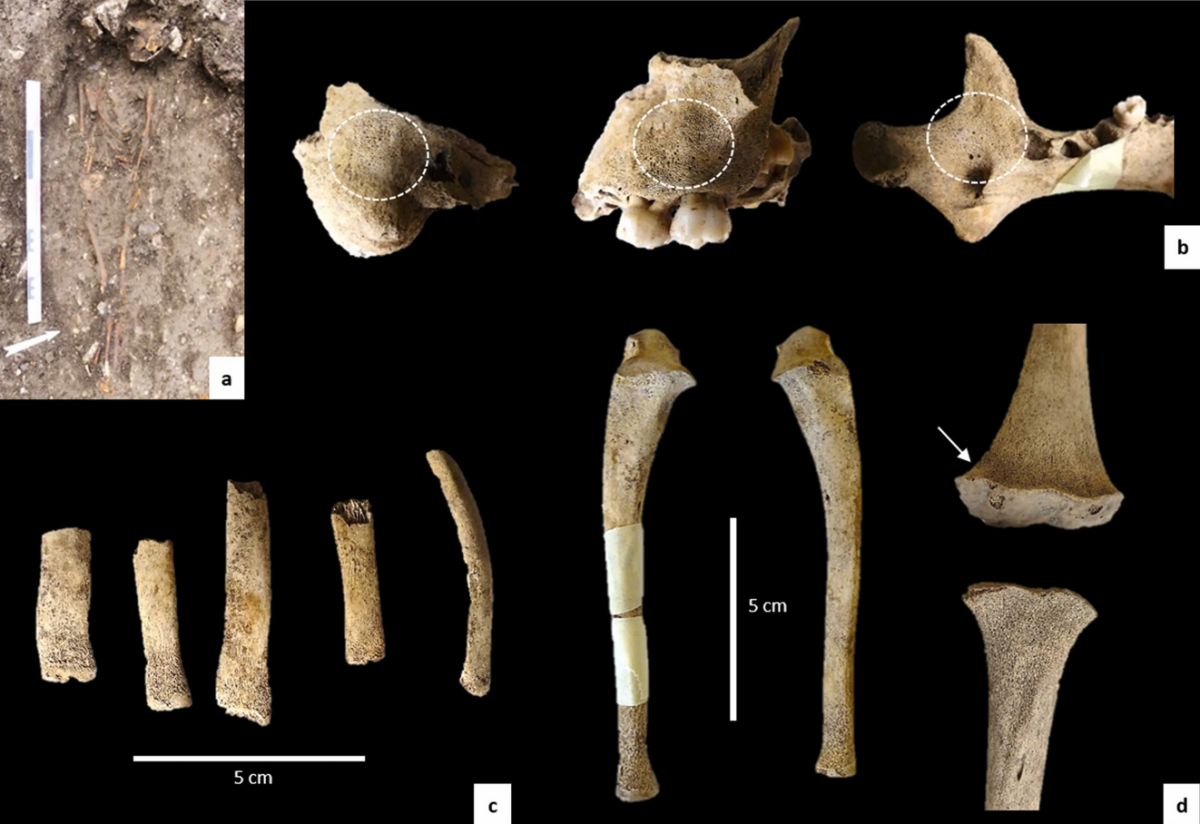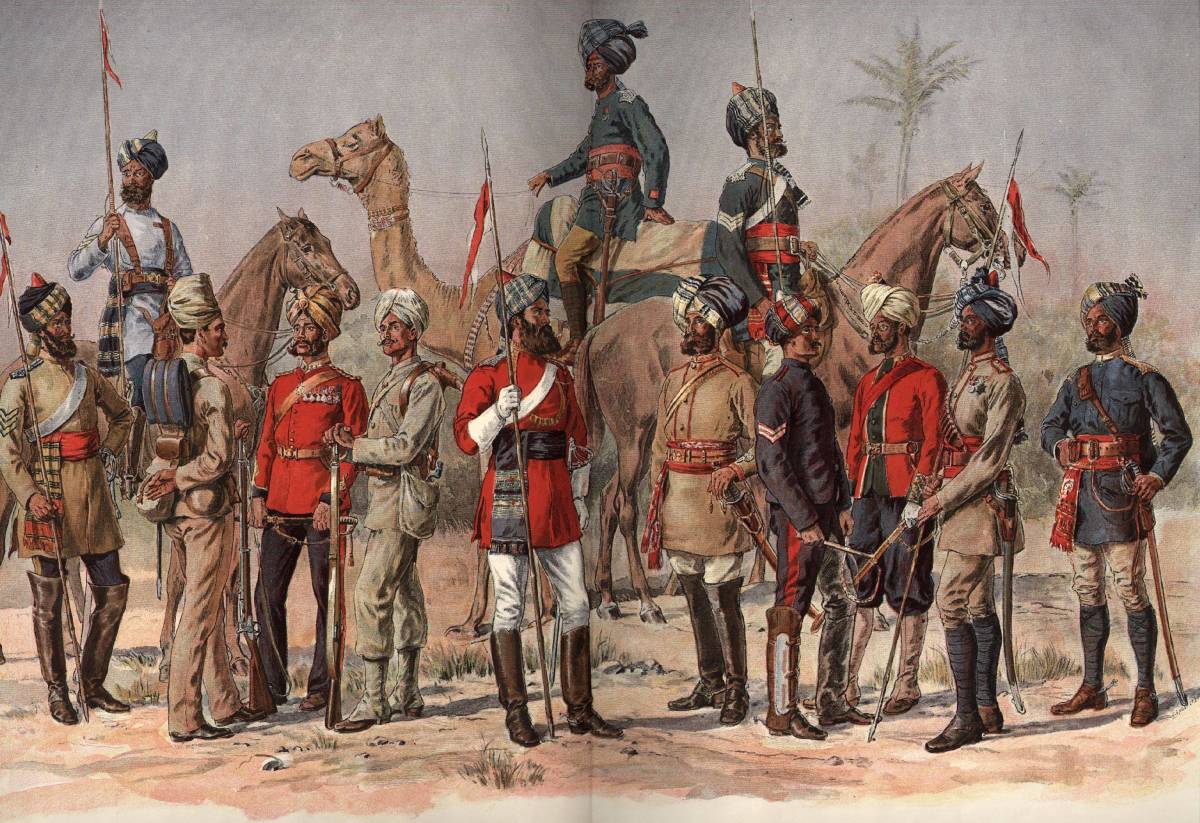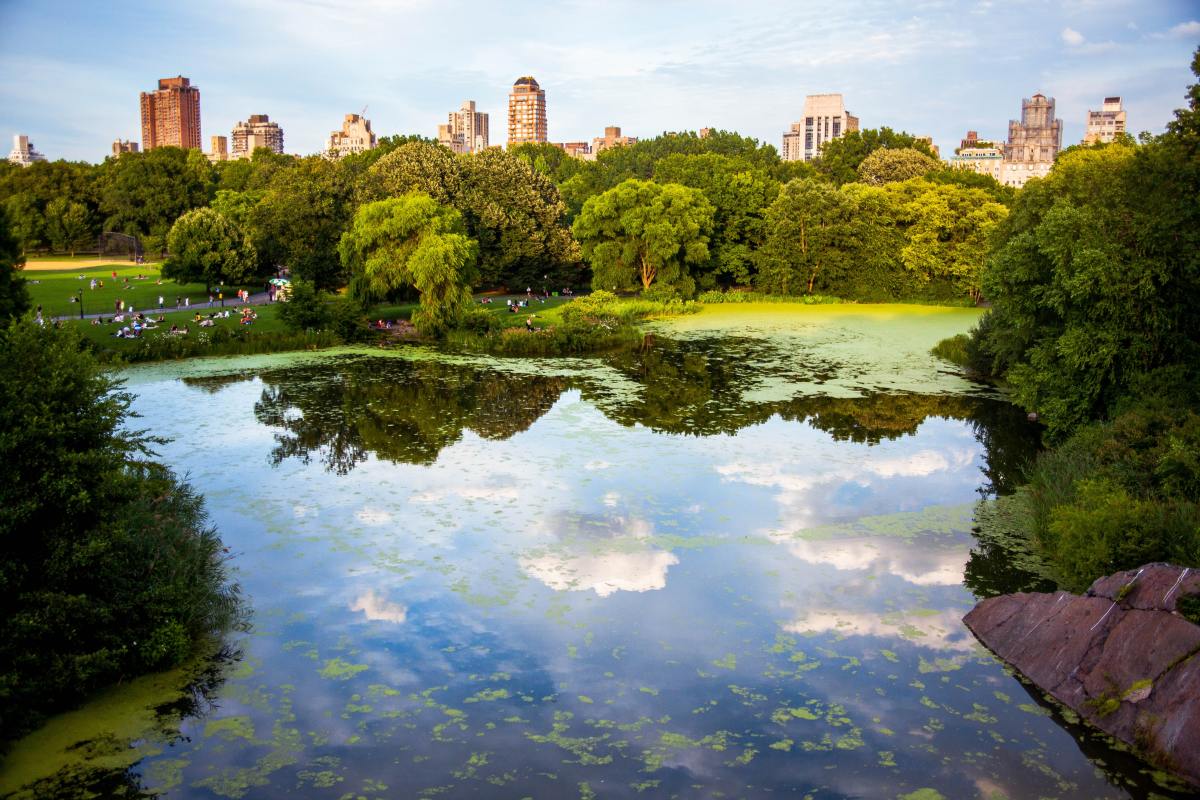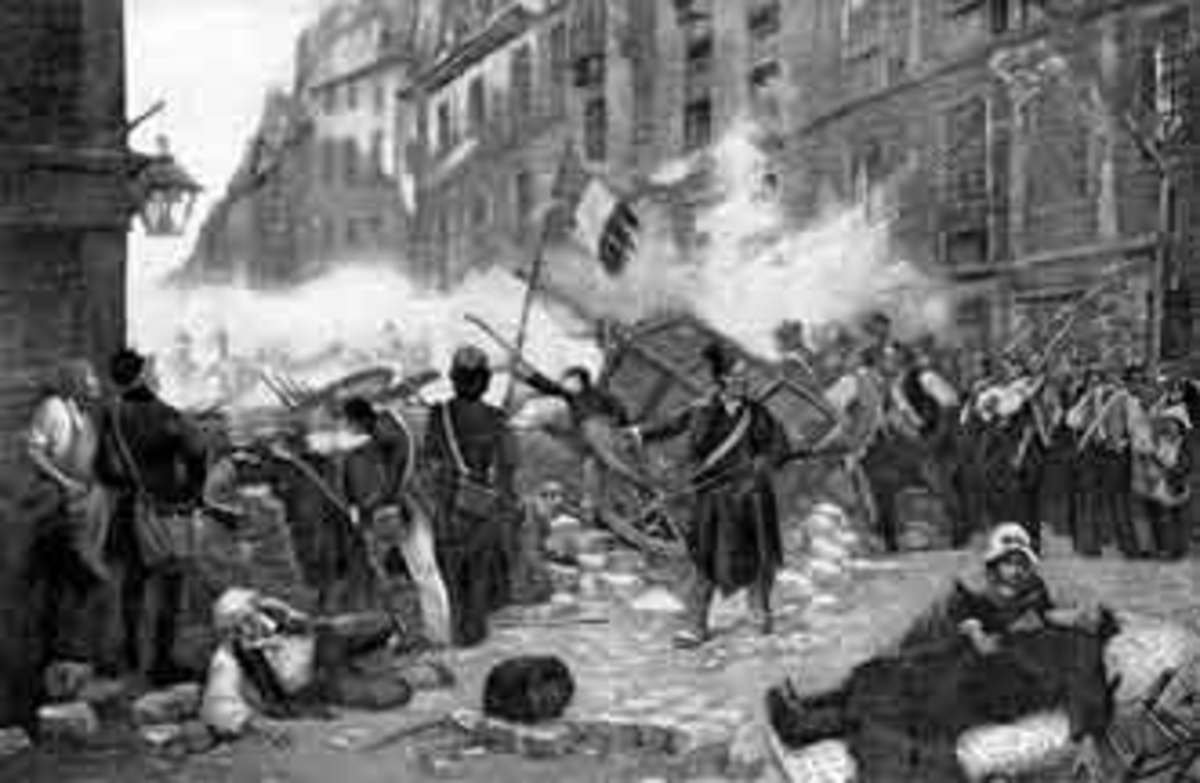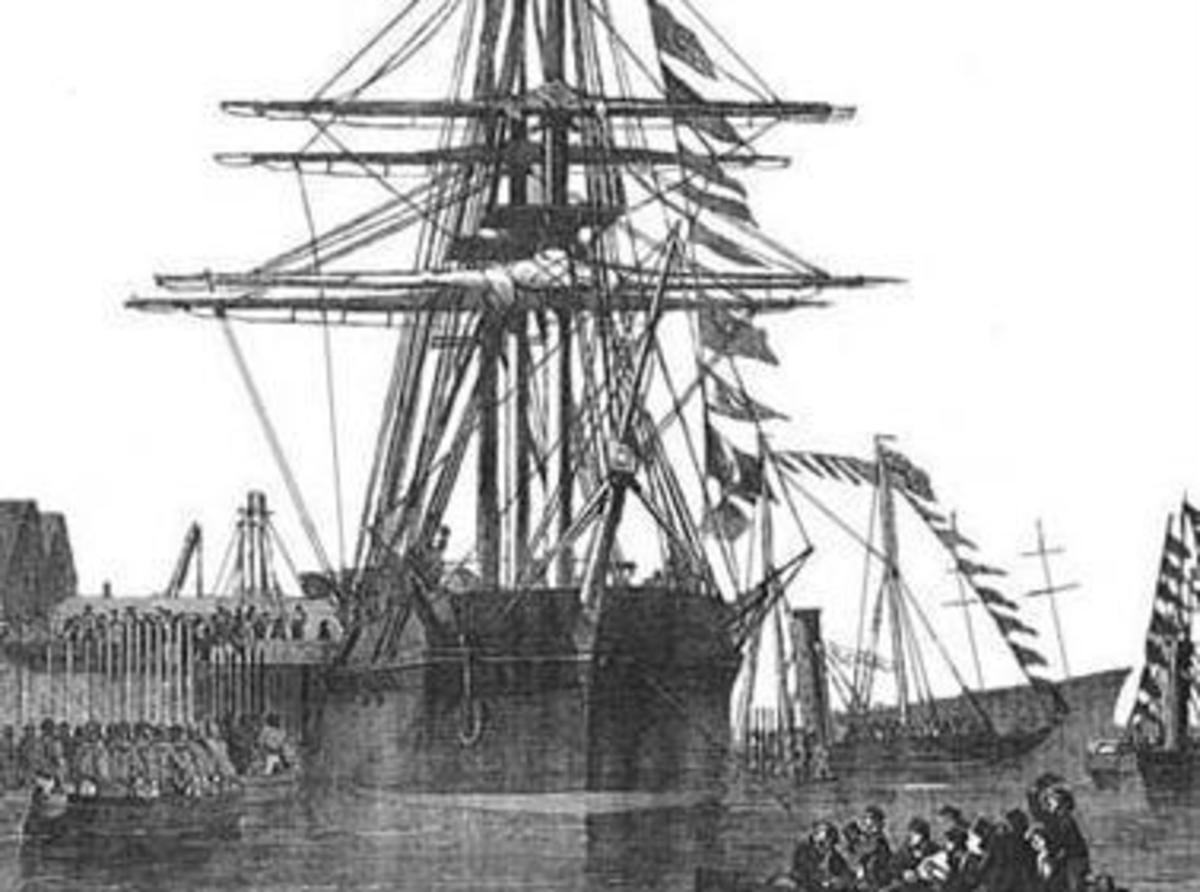The Unbelievable Story of Central Park
The Unbelievable Story of Central Park
The history of the largest city in the world starts in 1613 when the ship of a Dutch merchant named Adriaen Block burned down in the waters nearby present-day New York. The crew of the ship had no choice but to come off to the shore. The local Indian tribes helped the captain and his men to survive the winter and aided them in building a new ship.
The history of New York has just begun, but we already see such bloopers. I wonder, how could the crew of the ship and a bunch of Indians build a ship? A 17th-century ship is a very complicated construction. It is very difficult to design something like that without proper knowledge.
Whatever. Let’s keep on. The Dutch liked the new lands. And in 1614, they settled a colony not far from present-day Albany. In 1625, new families from the Netherlands arrived in Manhattan. In the same year, they build-up a fort to defend themselves. According to some sources, there were around 100 to 150 people living there, but in just one year they managed to build a star-shaped fortress. I have a question: did they bring the bricks for the fortress all the way from the Netherlands?
Everyone knows the famous story when the Dutch paid the Indians $24 and bought the Island of Manhattan. This famous event occurred only in 1626. The guy in charge of this deal was Peter Minuit who eventually became the governor of New Netherlands. In 1628, the population of New Netherlands rose to 274 people. During the next few decades, new settlers were arriving in the city. For instance, in 1639, a man called Jonas Bronck arrived in New Netherlands. Today, the borough of New York is named after him – the Bronx.
The residents of New York were mainly traders: they were swapping various goods with Indians. The most popular items that they sent to Europe were beaver pelts.
- The Manhattan Deal | HowStuffWorks
The Manhattan Deal - The Manhattan Deal saw the Dutch buy the island of Manhattan from the local American Indians. Read more about the Manhattan Deal.
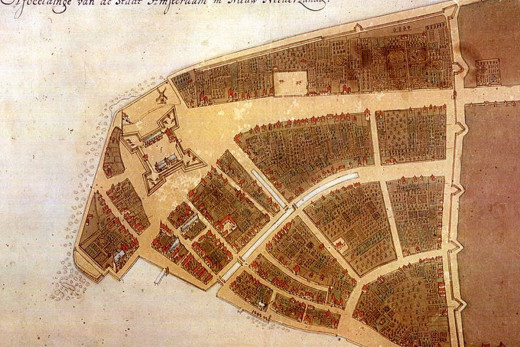
It was obvious that the population of the city grew, although historians do not provide us with exact numbers for that period. But we can assume that the city had around 500 inhabitants because if we take a look at the 1660 map of the city we can notice that the city is already planned with the star-shaped bastion dominating it. Also, we see that a huge star-shaped wall is constructed. Why would they need this wall? Who they tried to defend from? The beavers? Because the citizens were in good trading relations with Indians.
In 1664, the town was seized by the English who gave it the modern-day name – New York – after King George’s brother the Duke of York.
In 1720, the first shipyard was built in New York, which boosted the development of the city. And by 1790, there were around 33,000 inhabitants in New York.
- When Wall Street Was a Wall: A 1660 Map of Manhattan - Curbed NY
If you do a Google search for "Castello Plan," most of the results will be about a wine bar in Ditmas Park, which no doubt makes history buffs cringe and Jacques Cortelyou, creator of the real C...
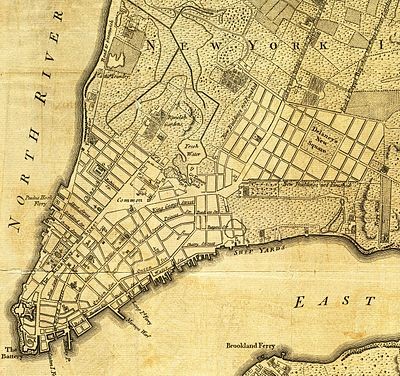
In 1811, the first town-building plan was developed. Thanks to this plan today we have basically straight streets crossing each other. And the most interesting part of the city history starts here…
Let’s have a look at the very first picture published in the daily newspaper New York Daily Graphic on March 4, 1880. We see the squatters of New York with some hovels on rock or clay hills. And this was the leading city of the United States. Don’t you have a feeling of some kind of a disaster that just happened?
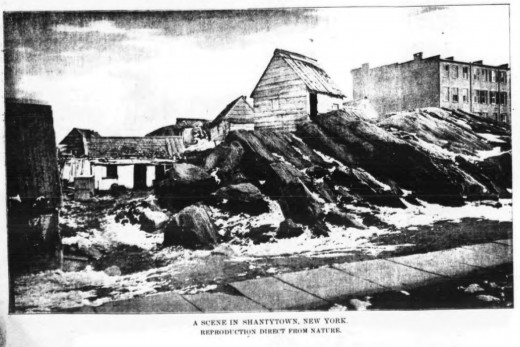
And here is another engraving with a bunch of stones, potholes, gullies. Complete destruction. But the most interesting thing is that in the right corner you can see a gas lamp. Quite contrasting with the ruins, isn’t it?
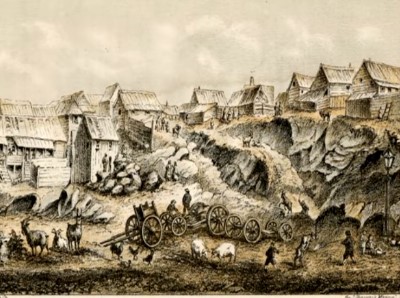
Now, we’ll talk about Central Park. Probably, it’s one of the most popular places in New York. People think that the officials did so well by preserving a piece of nature in the huge city.
But it turns out that this park was created artificially. It is not a regular park, like in hundreds of other cities. Usually, parks are open areas free from any type of constructions. But the land of the future Central Park was once full of residential buildings. There were around 3,000 people living on the territory of 3 square kilometers. In the middle of the 19th century, these people were moved away.
The park was constructed from 1858 to 1873. The ground itself was very rocky and swampy. The soil was unsuitable for many plants. That’s why it was taken away to the outbounds of the city and replaced by 7 million cubic meters of fertile land. The majority of rock formations were exploded which required 250 tones of gunpowder.
In this 1869 picture, we see how people using gunpowder, carts, and shovels level a rocky area of 3 square kilometers. They did not just level the ground but also constructed a drainage system in the rocky soil. They planted 270,000 trees.
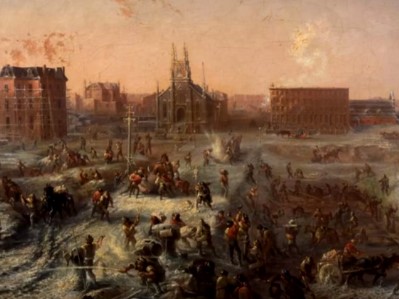
- History of Central Park, New York
History of New York's Central Park.
This is what Manhattan looked like at the beginning of the 17th century. Remember the plan of 1660? Remember what the beaver pelt traders managed to build in 30 years? And the population of that period was less than 1,000. So, if several hundred people managed to do that in the 17th century, we shouldn’t be surprised at the fact that in the middle of the 19th century some people managed to import 7 million cubic meters of soil for Central Park.
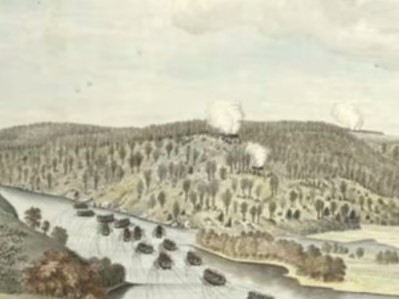
Let’s leave Central Park for now and take a look at other pictures of the town. The New Yorkers were not just leveling the ground at Central Park, they flattened the whole of Manhattan.
Take a look at these photos of the 19th century. Only by using gunpowder, shovels, and carts, the workers managed to flatten all humps in the city. One should be amused at the scales of the redevelopment.
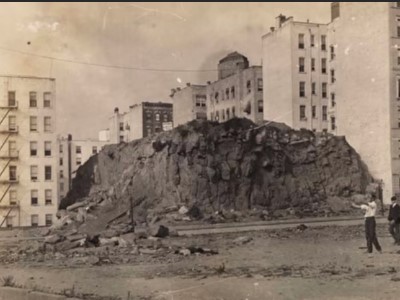
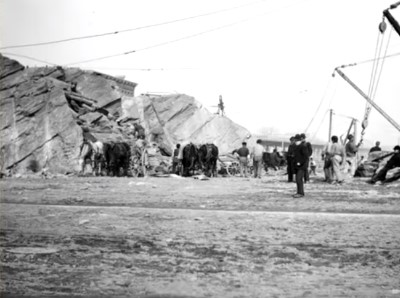
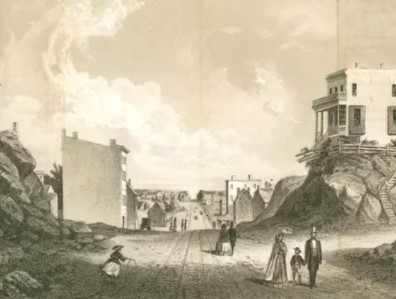
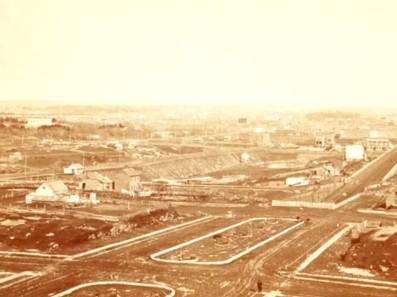
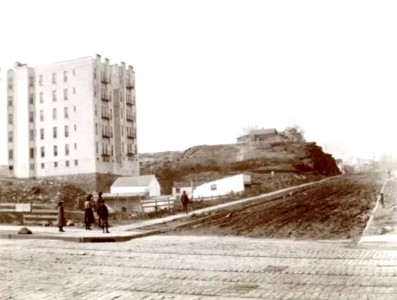
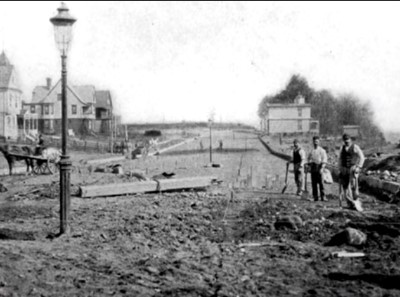
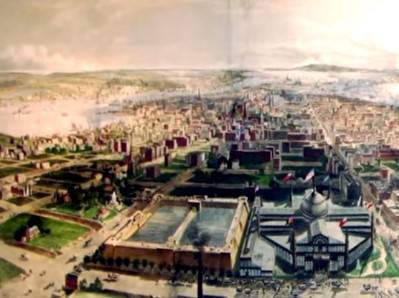
Have a look at this picture. The construction in the center looks like some kind of an ancient Egyptian or Syrian fortress. But in fact, it’s just a water reservoir. This fantastic building used to be the Croton Distributing Reservoir.
In the middle of the 19th century, this huge water storage was built in New York. Of course, they didn’t dig it in the ground as Manhattan is a rocky island. They elevated the reservoir above the ground level and surrounded it by a granite wall of 15 meters high and 7 meters thick.
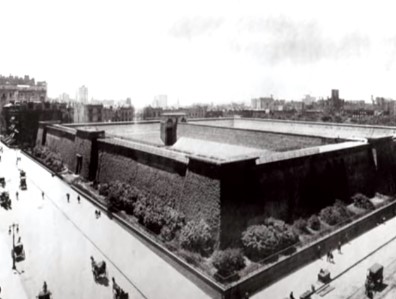
One thing is strange. Turns out it’s a piece of cake to flatten a rocky area of 3 square kilometers for Central Park. But the reservoir which is far less in size had to be elevated.
This reservoir very much reminds an ancient fortress. Look at the wall that used to fortify Beijing once. They look very similar. Or maybe the Beijing wall used to be a water reservoir once?
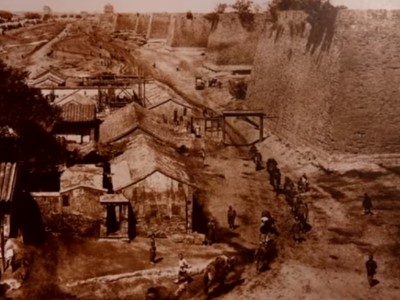
This is the demolition of the Croton Reservoir. You can see that some strange arches have revealed. But the main thins is that there is an entrance at the bottom bridged by a keystone from above. If this is really water storage, why would they make a door in it? And the keystone above the door looks very old. This reservoir is a very strange construction. It does look like an old fortification.
- Croton Reservoir
Seneca Village Online
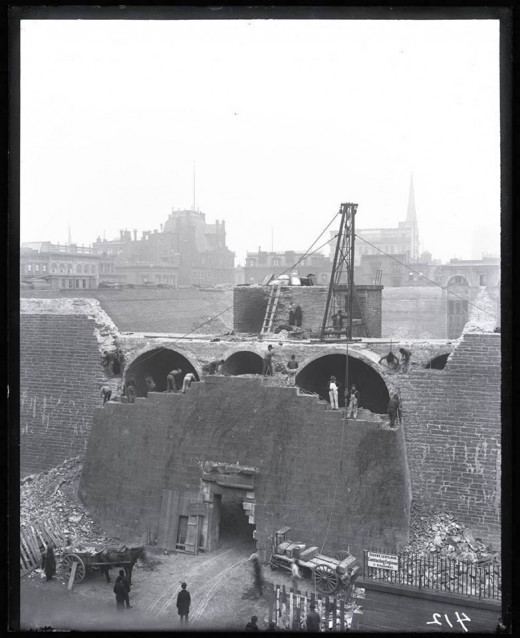
Anyway, it is hard to believe that this reservoir was built in the middle of the 19th century. Because, if the archaeologists found it somewhere in the desert, they would say it was 2000 years old.
I don’t know what it is, but one thing is obvious: it was built by the previous civilization.
© 2020 Raphael Jalalian

